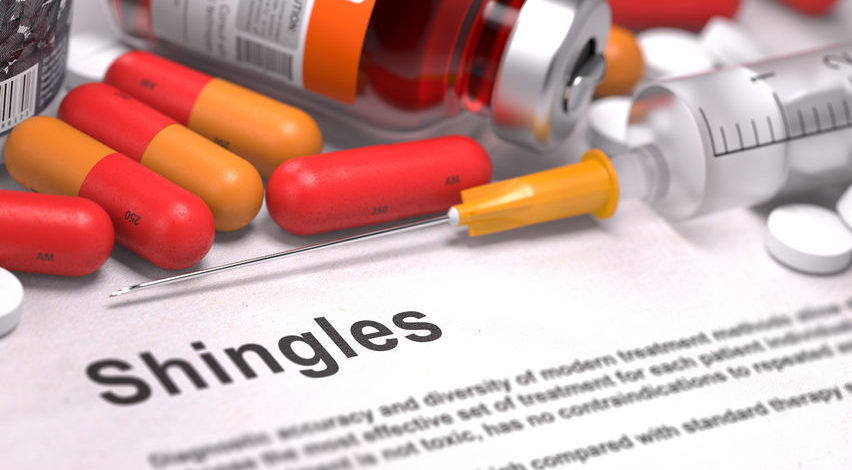The 5 Healthcare Advances To Watch In 2018
With the ever advancing realm of technology, comes advances and changes within the healthcare industry. In 2017 alone, we saw several breakthroughs in the medical field including the development of a tissue nanotransfection device that heals organs with a single touch by generating any type of cell within a patient’s body. We saw advancements in gene editing, including a reveal of new molecular machines that allow scientists to fix problems within a genetic code, helping to eliminate thousands of diseases. We also came across a breakthrough in heart attack research that made way for the development of an artificial heart patch to repair a damaged heart. The year 2017 even gave way to a pen that can help surgeons quickly identify cancer cells within 10 second, and a new surgical glue that can seal wounds in under 30 seconds….and that’s just to name a few. As we embark on a new year, let’s take a look at some of the advances we can look forward to in 2018.
Vaccine for Shingles
Until now, there was only one vaccine available for people over age 50 that prevents against shingles, a viral infection that causes an itchy and painful rash to develop on the side of the body. That vaccine, known as Zostavax,is only 51% effective against the infection. However researchers have discovered a new vaccine called Shingrix that is 97% effective. An average of 1 in 3 Americans will get shingles in their lifetime, but the risk of contracting it doubles for adults over the age of 85. The new vaccine was just approved by the Food and Drug Administration (FDA) just before the end of the year and the Center for Disease Control (CDC) recommends that everyone over the age of 50 get the newer vaccine versus the older vaccine. The vaccine is a simple one-time only injection in the arm and will become available around the beginning of the new year through most health insurance providers.
1. Gene Therapy for Retinal Dystrophy
You’ve probably heard that studying gene therapy has been on the raise in the past few years, but there is still an abundance of research that needs to be done. It takes on average about 20 years and $2.6 billion to get a medical treatment approved by the FDA. After a long time in testing, Luxturna has become the first ever FDA-approved gene therapy for treating an inherited genetic mutation. This type of gene therapy is specifically for a type of blindness called Retinal Dystrophy due to a mutation of the RPE65 gene which causes extreme visual impairment and over time leads to complete blindness. Starting in the spring of 2018, this treatment will become readily available and will be marked as the first and only treatment for those suffering from the condition that affects 1 in every 2,000 people.
2. Telehealth
It’s a little bit shocking that this hasn’t become more popular sooner, as telephones have been a common form of communication for over a century now, but “telehealth” or “distance health” technologies is expected to become more widespread next year. More health providers will adopt this form of technology which allows doctors and patients to communicate more efficiently and in a more timely fashion. This form of communication will also rely on attachable devices and wearables that record and send accurate information of patients to their doctors. In addition, the Center for Connected Health Policy just recently came out with a list of telehealth legislation approved this past year that will affect several states and 11 of those legislations that will officially take effect in 2018.
3. New Monitoring systems for people with Diabetes
A new device known as the Medtronic 670G Hybrid Closed-loop insulin delivery system is a wearable for patients with type 1 diabetes that manages their insulin levels with more accuracy than previous devices. Unlike the traditional “open loop” concept, in which patients would have to use a glucose monitor to know how much insulin to inject, this “closed loop” system allows the continuous glucose device and insulin pump to communicate freely in order to stabilize blood and glucose levels. This device is quickly growing in popularity by patients because of its accuracy and efficiency, and also because more insurances companies are reimbursing patients who utilize this technology.
4. Plasma Injection in Orthopedic care
Researchers have been testing the use of Plasma (PRP) Injections and have found evidence showing that they can speed up the healing process and regenerate certain tissues. Patients receiving these injections have reported significant improvements but this is still in the experimental phase and there is not yet enough evidence to show how long the treatment last for. Over the next year however, an increasing amount of research will be done on this, in hopes that it can be a long-lasting, if not permanent, and effective form of treatment.
5. Increased Security with Blockchains and the Cloud
In 2017, we read about multiple large companies getting hacked and millions of people having their private information stolen. Because of these attacks, healthcare companies are making a push to prevent against cybersecurity breaches through the the use of blockchains to document and transfer patient data. For years, providers have been using on-premise technologies to store important patient information. But now, health providers are also realizing that making the move to a cloud-based system is ultimately not only more sophisticated but is more secure when it comes to preventing against a hack of their systems. Having the healthcare industry make the push to secure their data will allows us to feel a little less worrisome about the risk of our information getting into the wrong hands.

